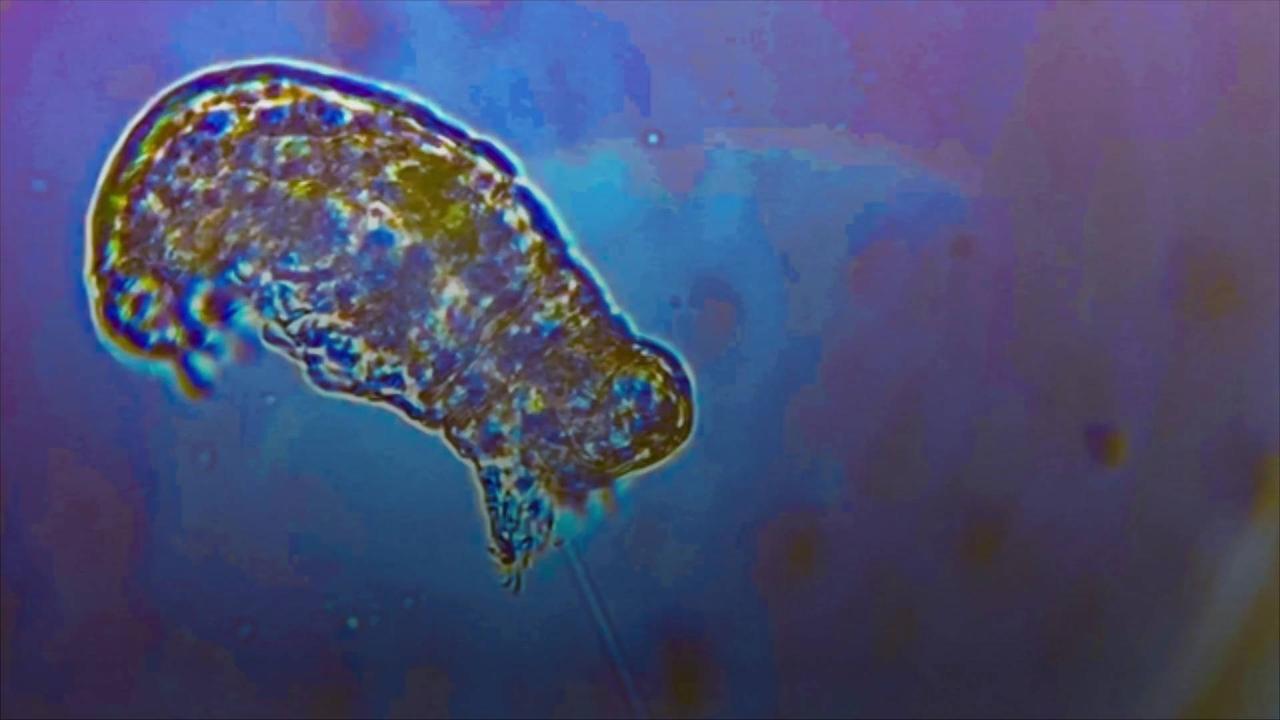Discovery of Ancient Microorganisms Could Impact the Search for Alien Life

Discovery of Ancient Microorganisms Could Impact the Search for Alien Life
Discovery of Ancient , Microorganisms Could Impact , the Search for Alien Life.
A team of researchers have discovered 830-million-year-old microorganisms that could still be alive.
.
'Vice' reports that the discovery may have implications for the search for alien life on Mars.
.
A team from West Virginia University discovered the microorganism in a piece of ancient halite in the Browne sediment formation in central Australia.
A team from West Virginia University discovered the microorganism in a piece of ancient halite in the Browne sediment formation in central Australia.
Halite is the mineral form of sodium chlorine that forms in both saltwater and salty lake water.
The microscopic organisms were discovered in a fluid inclusion, a pocket of gas or water trapped in the rock.
.
Even after such a significant amount of time, these microorganisms are still detectable.
We might find biosignatures in similar minerals (halite and gypsum) on Mars that are returned to Earth, Sara Schreder-Gomes, First author on the paper and former Master’s Candidate in Geology at West Virginia University, via Motherboard.
The authors of the study suggest the organisms could be extremophiles, microbes that live in extreme temperature or acidity conditions.
.
We know that modern halophilic (salt-loving) organisms, including bacteria, archaea, algae, and fungi, have ‘survival mechanisms’ that allow them to survive adverse conditions, Sara Schreder-Gomes, First author on the paper and former Master’s Candidate in Geology at West Virginia University, via Motherboard.
Vice reports that rocks in the Browne Formation share similarities with Martian rocks.
.
Mars once had saline lakes which formed halite and could also potentially be home to surviving microorganisms. Mars once had saline lakes which formed halite and could also potentially be home to surviving microorganisms. Ancient chemical sediments, both of terrestrial and extraterrestrial origin, should be considered potential hosts for ancient microorganisms and organic compounds, Researchers, via paper published in 'Geology'


![NASA's Perseverance rover spots thousands of 'Unusual' white rocks on Mars | Oneindia News [Video]](https://video.newsserve.net/300/v/20240406/1372007728-NASA-Perseverance-rover-spots-thousands-of-Unusual.jpg)
![Photos from NASA’s Curiosity rover suggest Mars had more water for longer than previously thought [Video]](https://video.newsserve.net/300/v/20240327/1371057008-Photos-from-NASA-Curiosity-rover-suggest-Mars.jpg)